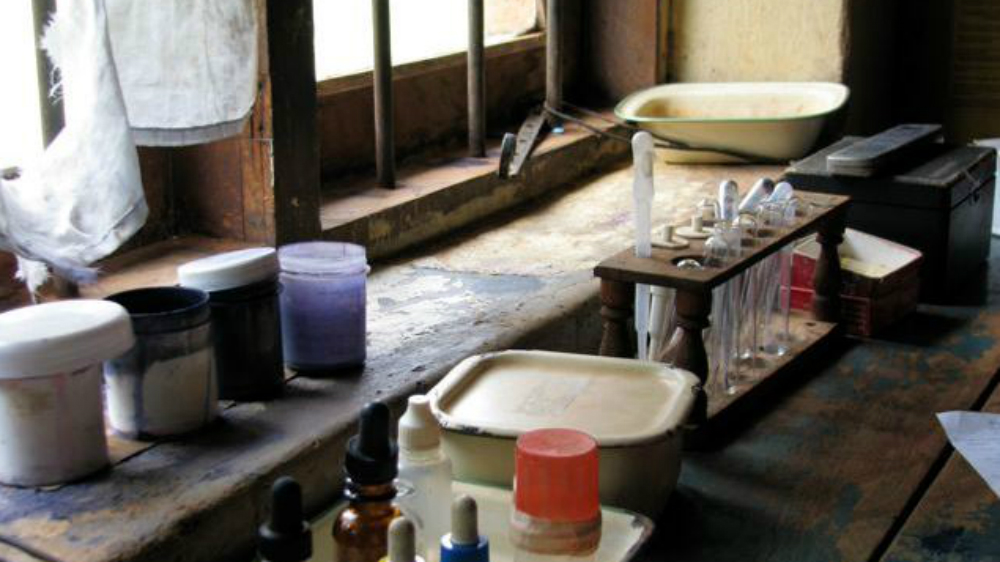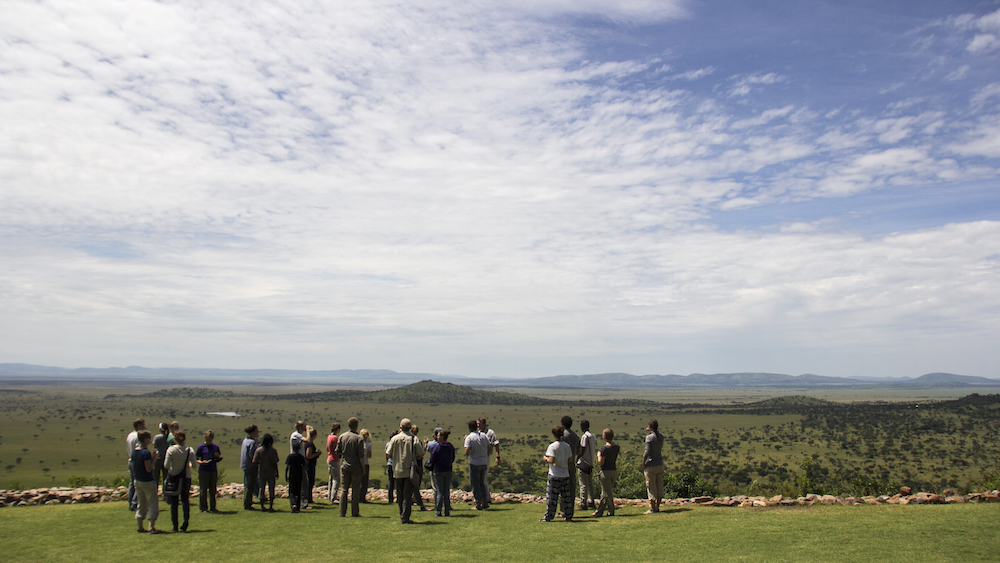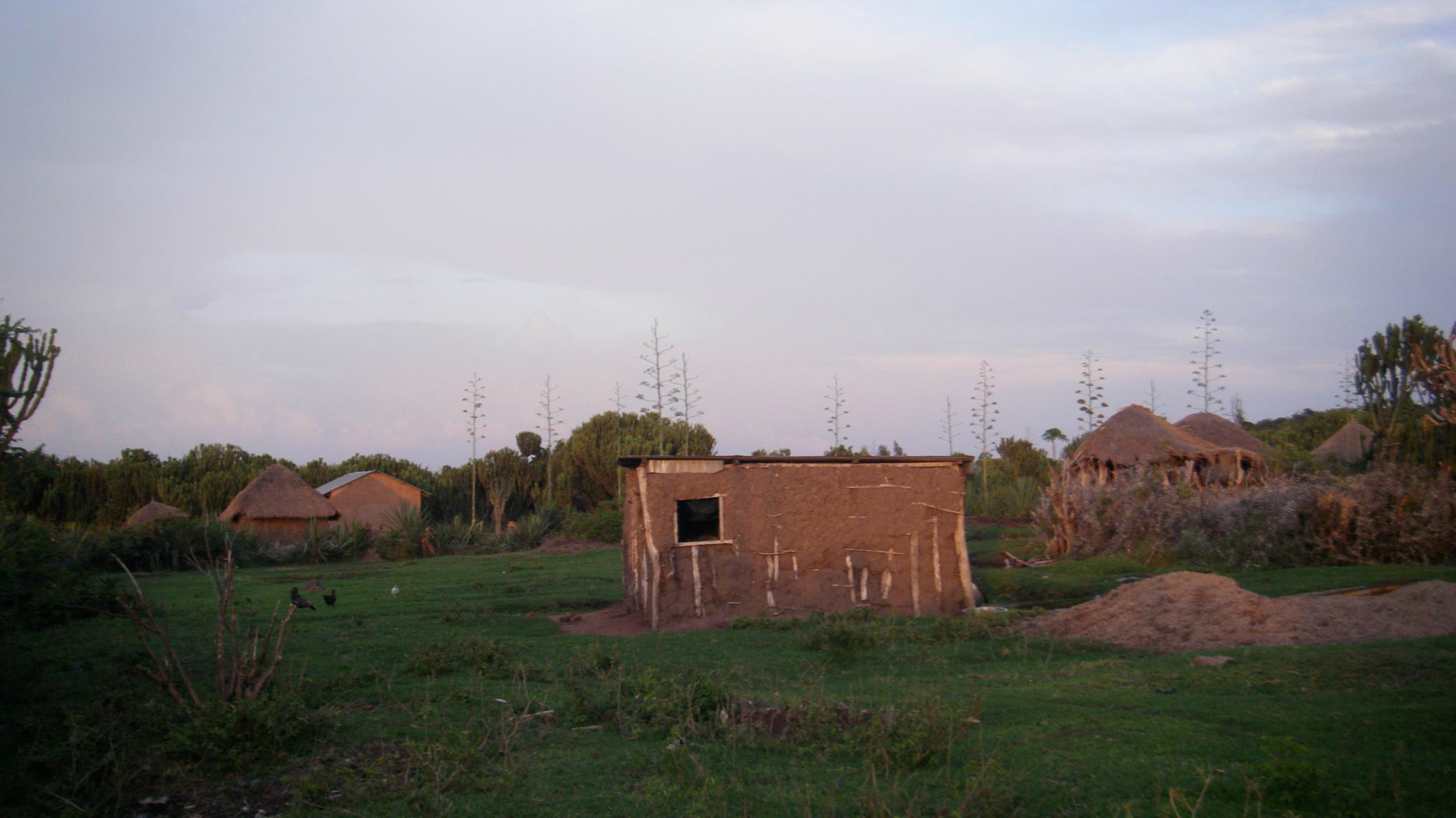A very pregnant, soon-to-be mom wobbled bow-legged down the hallway as my guide led me on a tour of the Nyarero Health Clinic. We continued our walk down the long, sun-streaked hall until we reached the birthing room. Yelling, she hopped up on a wooden table draped in green plastic, and with not another word, a newborn slid right out onto the table. The nurse and I stood back in shock (though most of the shock was probably mine).
“Don’t touch anything,” she said as she darted out in the pursuit of gloves. I stood alone in the middle of the room. The questions “What’s going on?” and “What do I do?” were racing through my English-speaking head. I just stared at the (thankfully) wailing child still attached to the relieved mother. I was petrified as I watched the birthing juices flow off the table into the bin perched below, apparently placed there for that very purpose. I would later see the pit where this bio waste was disposed, not far off from this very room. I came to think of it as “The Placenta Pit.”


